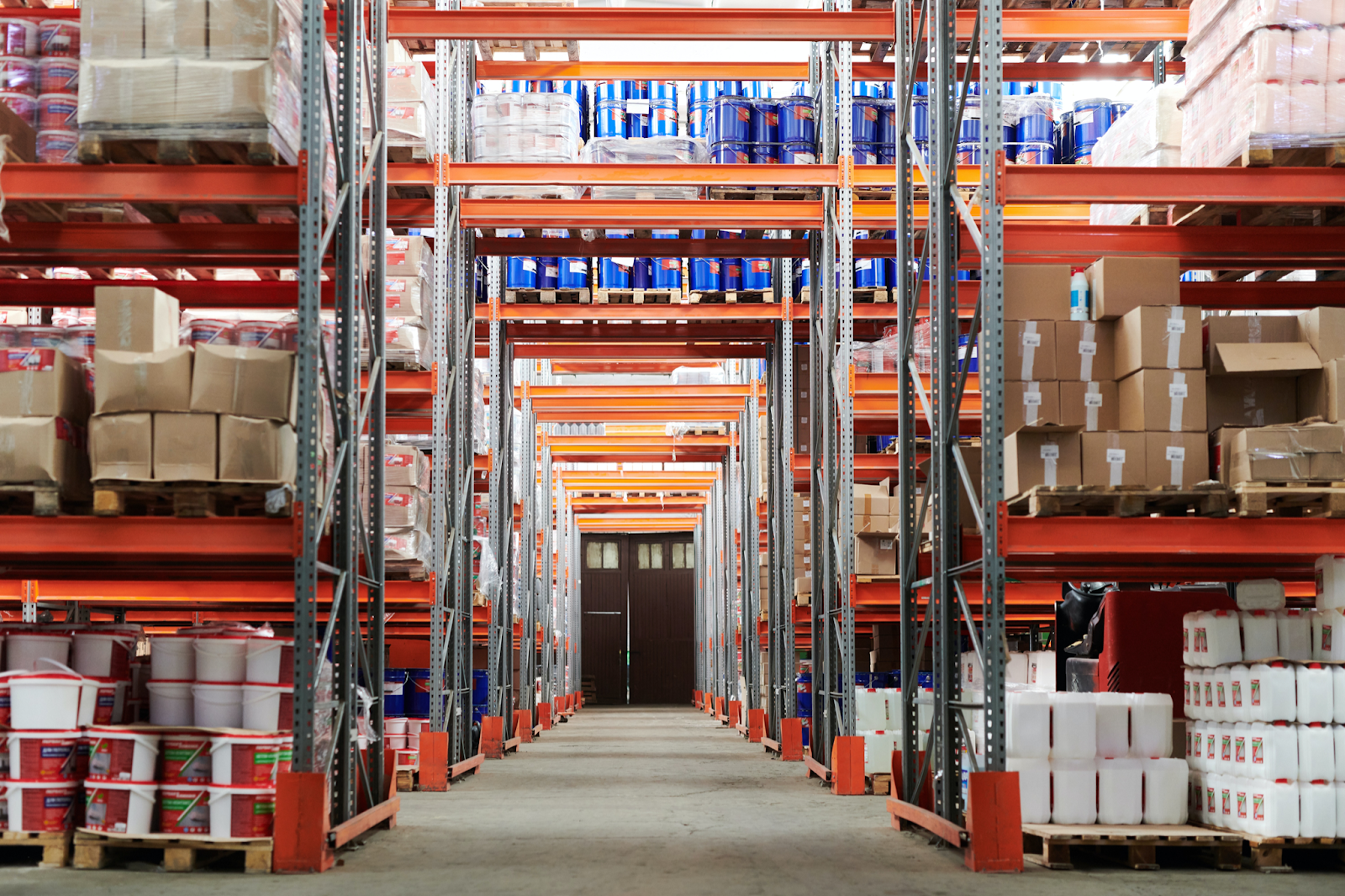It’s no secret that our world is changing faster than it ever has before. With the events of the past few years etched into our memory, we know all too well the importance of being prepared for anything.
Businesses are no different — in today’s climate, adapting to change might just be the most important component of surviving and thriving.
Organisations have to take disruptions in their stride, and one vital aspect of achieving this is to improve their business resilience.
Business resilience is essentially how a firm responds to adverse events, a similar concept to contingency planning. This can include everything from natural disasters and pandemics to financial crises and cyber-attacks.
While it might seem like a daunting task, there are steps that businesses can take to build resilience and protect themselves from whatever comes their way.
By taking a proactive approach and putting plans in place now, you can ensure that your business is ready to weather any storm.
In this article, we will discuss business resilience in more detail, including what it is, why it’s important, and how you can build it into your organisation. We can also look at a few case studies to explore real-life business resilience in further detail.
Business Resilience Definition
The term “business resilience” has been used in a variety of ways, but there is no one definition. In general, business resilience can be defined as the ability of an organisation to anticipate, prepare for, and adapt to adverse events in order to continue operating.
Businesses need to be able to identify potential risks, put plans in place to mitigate them, and be able to adapt their operations if an event does occur.
This might mean anything from having a robust insurance policy to being able to quickly switch to remote working in the event of a pandemic.
It’s important to remember that business resilience is not just about surviving an emergency; it’s also about being able to thrive in the aftermath.
This means having the ability to quickly adapt and capitalise on opportunities that might arise as a result of a disruption.
Take Amazon as an example: While other businesses were struggling to keep up with the demand for online shopping during the Covid-19 pandemic, Amazon was able to quickly adapt their operations.
They hired additional staff, increased their stock levels, and even introduced new features such as contactless delivery. As a result, they saw a surge in business and remain firmly as one of the most valuable companies in the world.

Business Resilience vs Business Continuity
Before we go any further, it’s important to understand the difference between business resilience and business continuity. It is a common misconception that these two terms are one and the same — time to bin that theory!
Business continuity is about keeping your organisation running during an interruption, while business resilience is about bouncing back from that interruption and returning to normal operations as quickly as possible.
In other words, business continuity is concerned with minimising the impact of an adverse event, while business resilience is focused on recovering from that event and emerging even stronger.
5 Ways to Develop an Effective Business Resilience Plan
Now that we have covered what business resilience is — let’s delve deeper into what businesses can actually do to become more resilient.
There is no one-size-fits-all solution when it comes to business resilience, as the strategies that work for one organisation might not be suitable for another.
However, there are some key components that should be included in any effective business resilience plan.
1. Risk Assessment
The first step is to identify which risks pose the biggest threat to your organisation. This will differ from business to business, but could include things like supply chain disruption, data loss, or power outages.
2. Business Continuity Planning
Once you have identified the risks, you need to put plans in place to ensure that your business can continue to operate in the event of an adverse event.
This might include things like having a backup power supply or implementing a remote working policy.
3. Crisis Management
A key part of business resilience is being able to effectively manage a crisis if one does occur. This includes having a clear plan of action and designated roles and responsibilities for each team member.
4. Employee Training
It’s important to ensure that all employees are aware of the business resilience plan and know what to do in the event of an incident. Regular training and drills can help to ensure that everyone is on the same page and knows what their role is.
5. Testing and Review
The final step is to regularly test your plans and procedures to ensure that they are effective. This might include simulating a power outage or running a fire drill. It’s also important to review your plans on a regular basis to ensure that they are still relevant and fit for purpose.

Characteristics of a Resilient Company
A resilient company is one that is able to adapt to changing circumstances and continue operating despite setbacks. Here are some common characteristics that tend to be present in resilient organisations.
Some of the key characteristics of a resilient company include:
- The ability to rapidly identify and assess threat;
- A culture of preparedness and continuous improvement;
- Strong leadership that can make tough decisions quickly;
- Robust communication plans to keep everyone informed;
- Flexible and agile processes that can be quickly adapted;
- A focus on customer experience and retention;
- A commitment to employee safety and well-being.
These are just some of the things that can make a company more resilient. By taking a holistic approach and considering all aspects of the business, you can start to build resilience into your organisation.

5 Examples of Business Resiliency
Some of the great companies of our time didn’t get to the top by accident. They also struggled immensely in times of difficulty. Let’s discuss a few examples of business resiliency and take inspiration from these industry leaders:
1. Nike
In the early 1990s, Nike was in trouble. The company was losing market share to its competitors, and its share price had dropped by 60%.
However, Nike bounced back in a big way. The company invested heavily in research and development, and this paid off with the introduction of new and innovative products.
Nike also expanded into new markets, such as China, and developed a more efficient supply chain. As a result of these changes, Nike’s share price increased by 700% between 1995 and 1998.
2. Apple
Like Nike, Apple has also faced its fair share of challenges over the years. In 1997, the company was on the brink of bankruptcy and its share price had plummeted to just $3.19.
However, Apple turned things around with the launch of the iMac in 1998 and the iPod in 2001. These new products helped to revitalise the company, and Apple is now one of the most valuable businesses in the world.
3. Amazon
In 2001, Amazon was hit hard by the dot-com crash. The company’s share price fell by 90% and it was forced to lay off 15% of its workforce.
However, Amazon persevered and continued to invest in its business. This paid off when the company launched the Kindle in 2007, which helped to boost sales and profits. Amazon is now one of the most dominant retailers in the world.
4. Starbucks
In 2008, Starbucks was struggling due to the global financial crisis. The company was forced to close 600 stores and lay off 12,000 employees.
However, Starbucks quickly recovered and is now stronger than ever. The company has continued to open new stores and expand into new markets. It has also introduced new products, such as the Frappuccino, which have helped to boost sales.
5. Lego
In 2003, Lego was in trouble. The company was losing money for the first time in its history and its share price had dropped by 60%.
However, Lego bounced back by making some changes to its business. The company reduced the number of products it made and focussed on key lines, such as LEGO Star Wars.
It also expanded into new markets, such as Asia, and developed a more efficient manufacturing process. As a result of these changes, Lego’s share price increased by 400% between 2003 and 2006.
These case studies show that even the most successful businesses can face difficult times. However, what sets them apart is their ability to adapt and overcome these challenges.

The Bottom Line
Business resilience is a critical component of any organisation’s survival strategy. Take inspiration from the survival stories of some of the companies discussed above, make your business resiliency plans, and aim to take on the characteristics of a resilient firm.
It might seem like a lot to take in at once, but by taking the time to understand what business resilience is and how it can be achieved, you will be well on your way to making your organisation more resilient to the challenges of the future.
